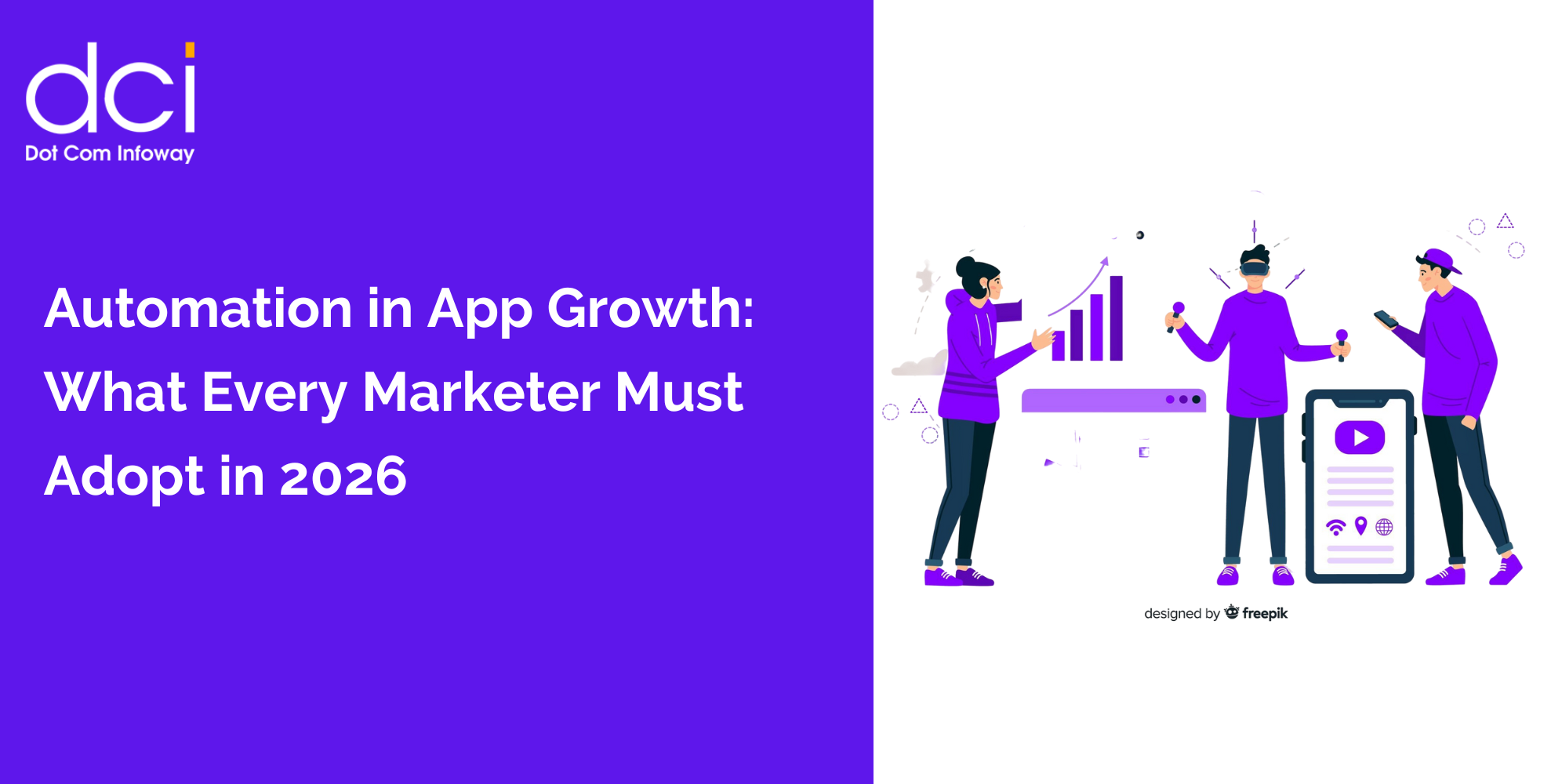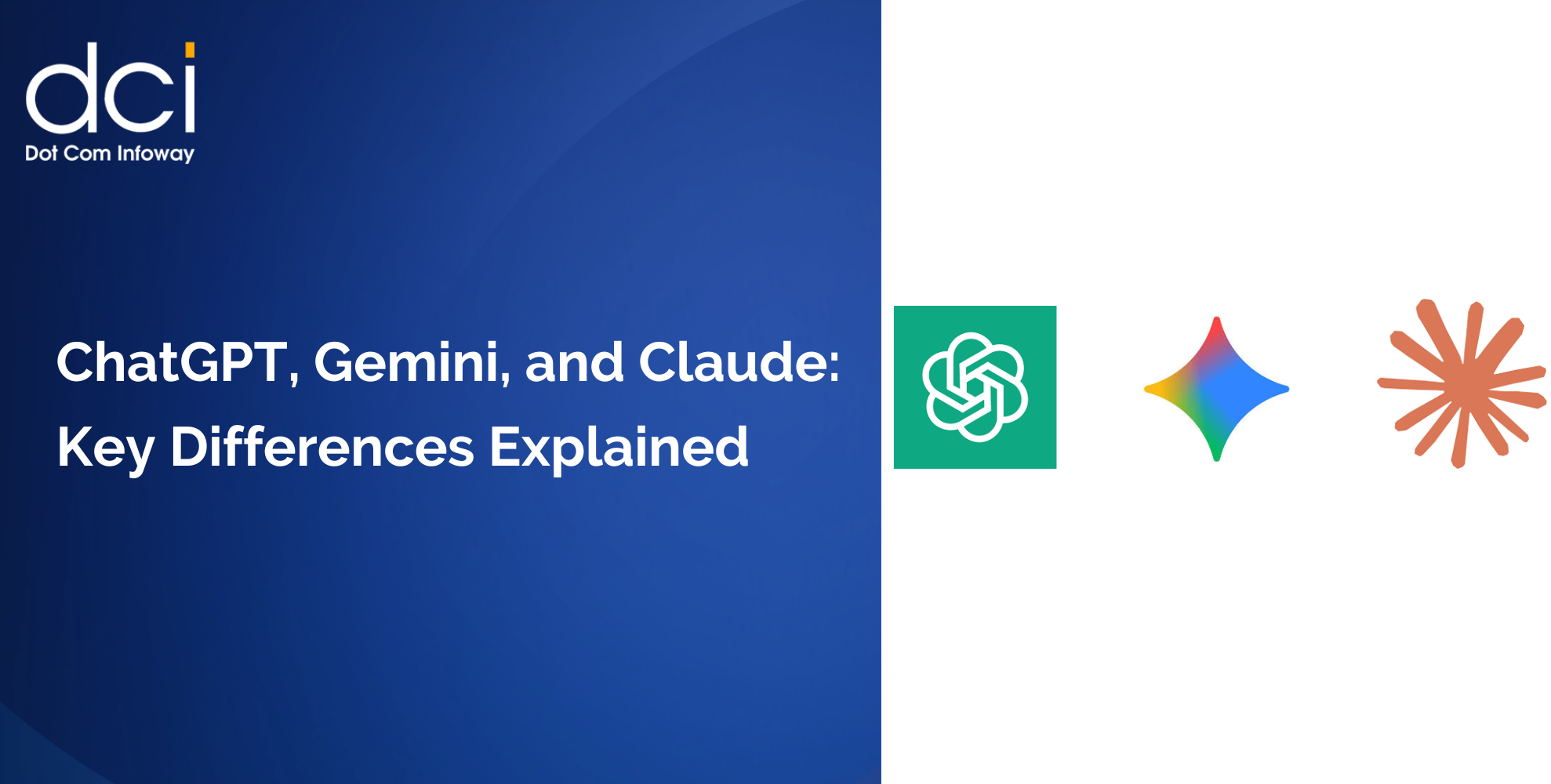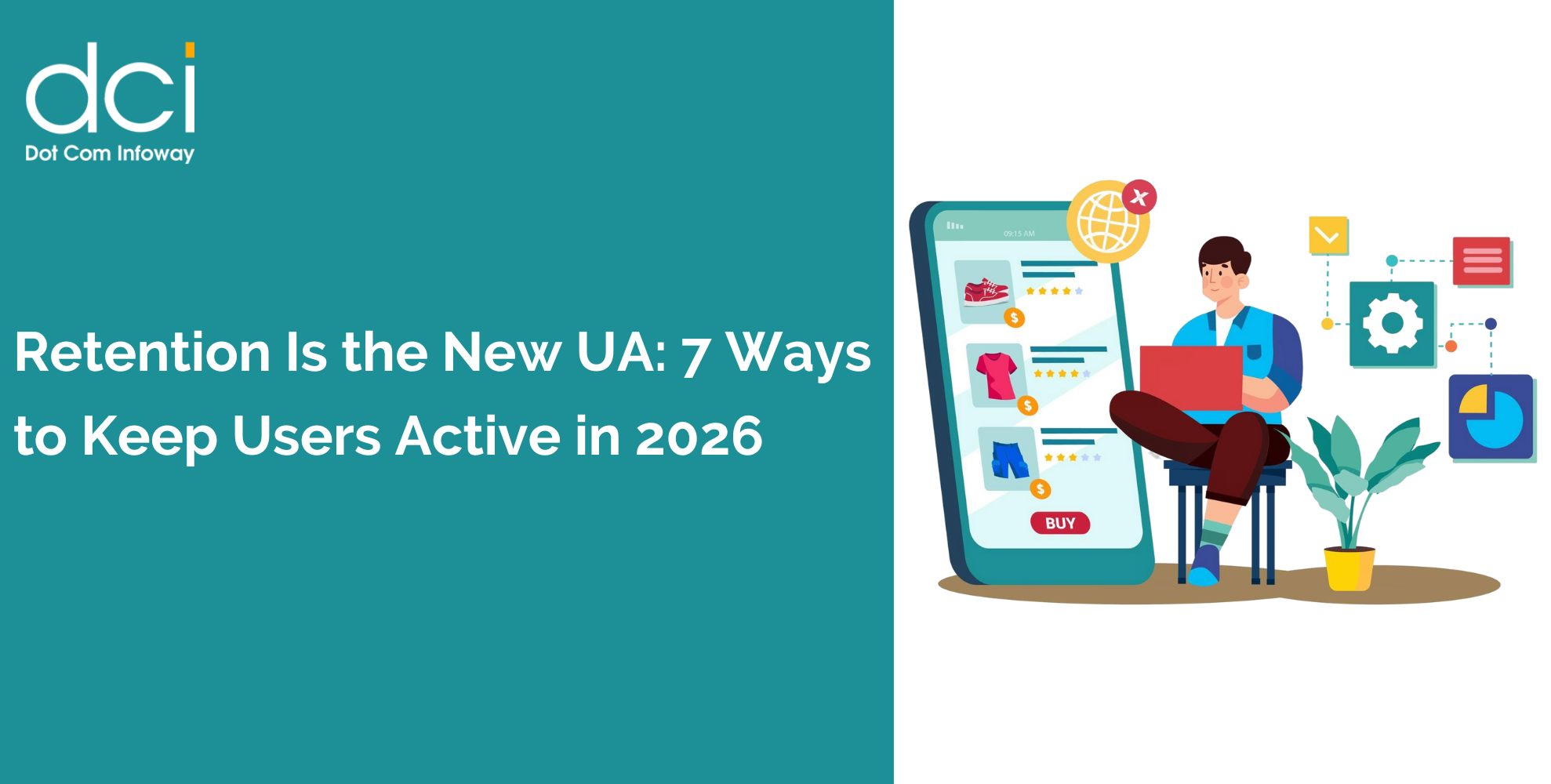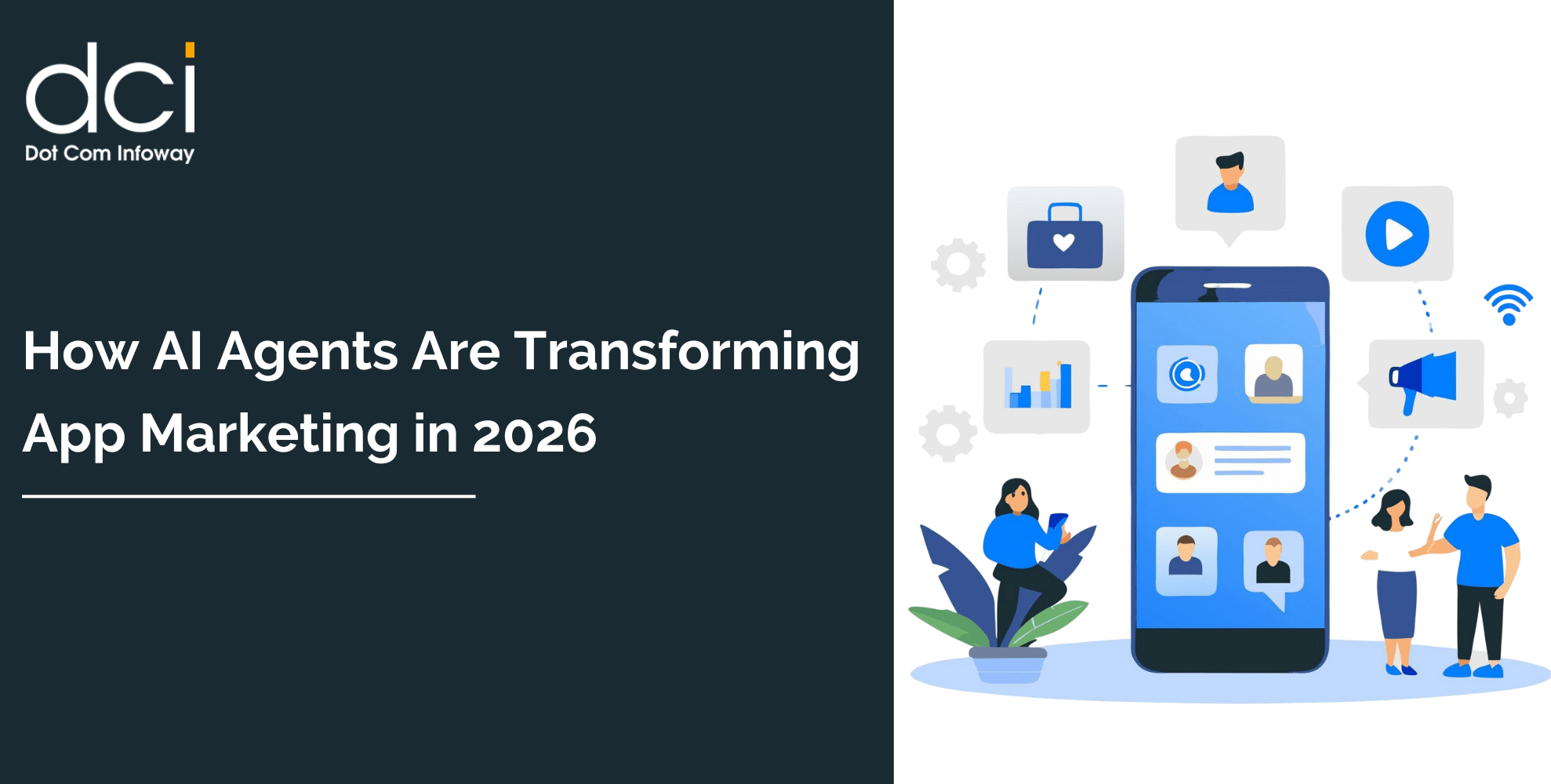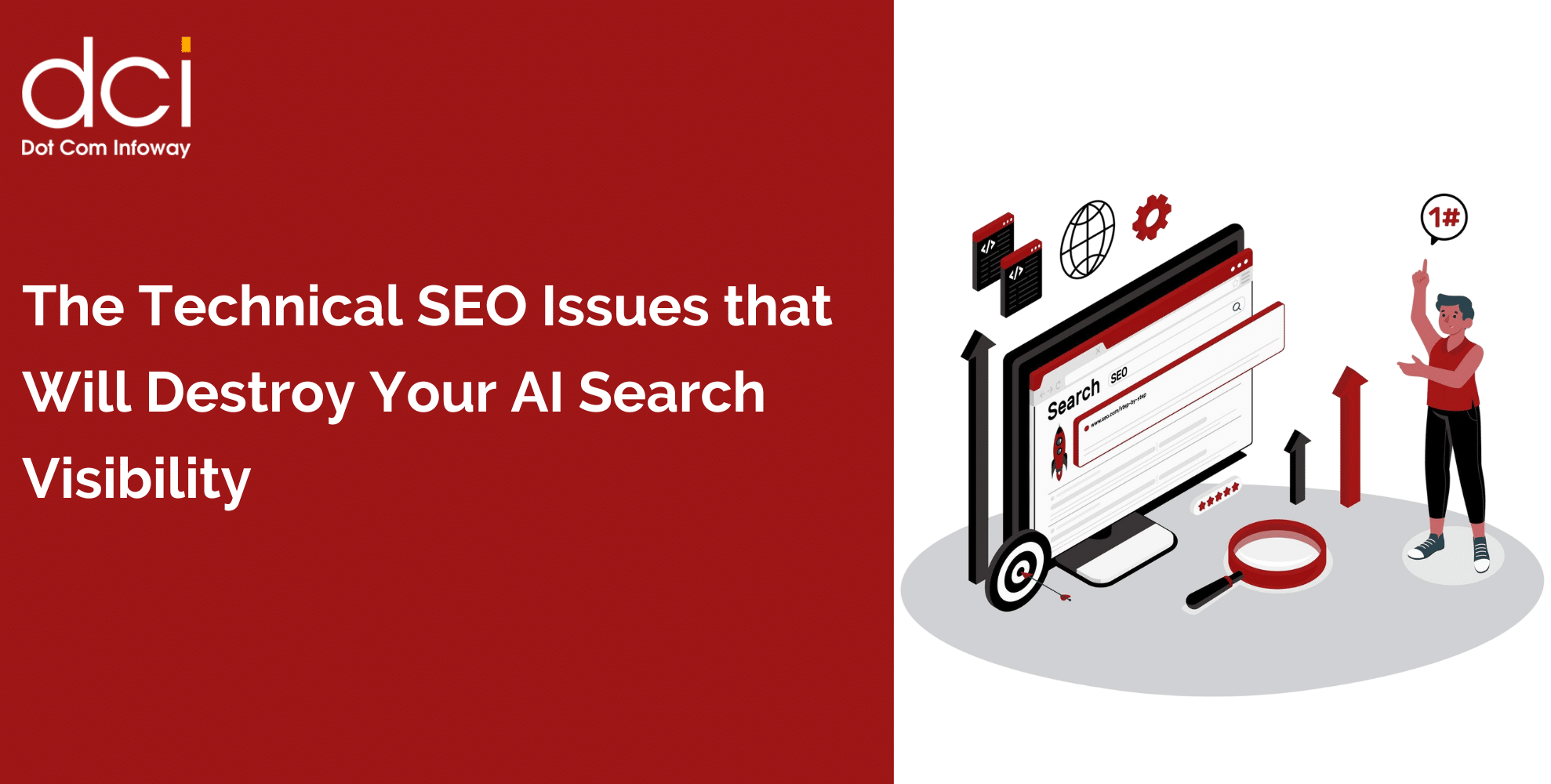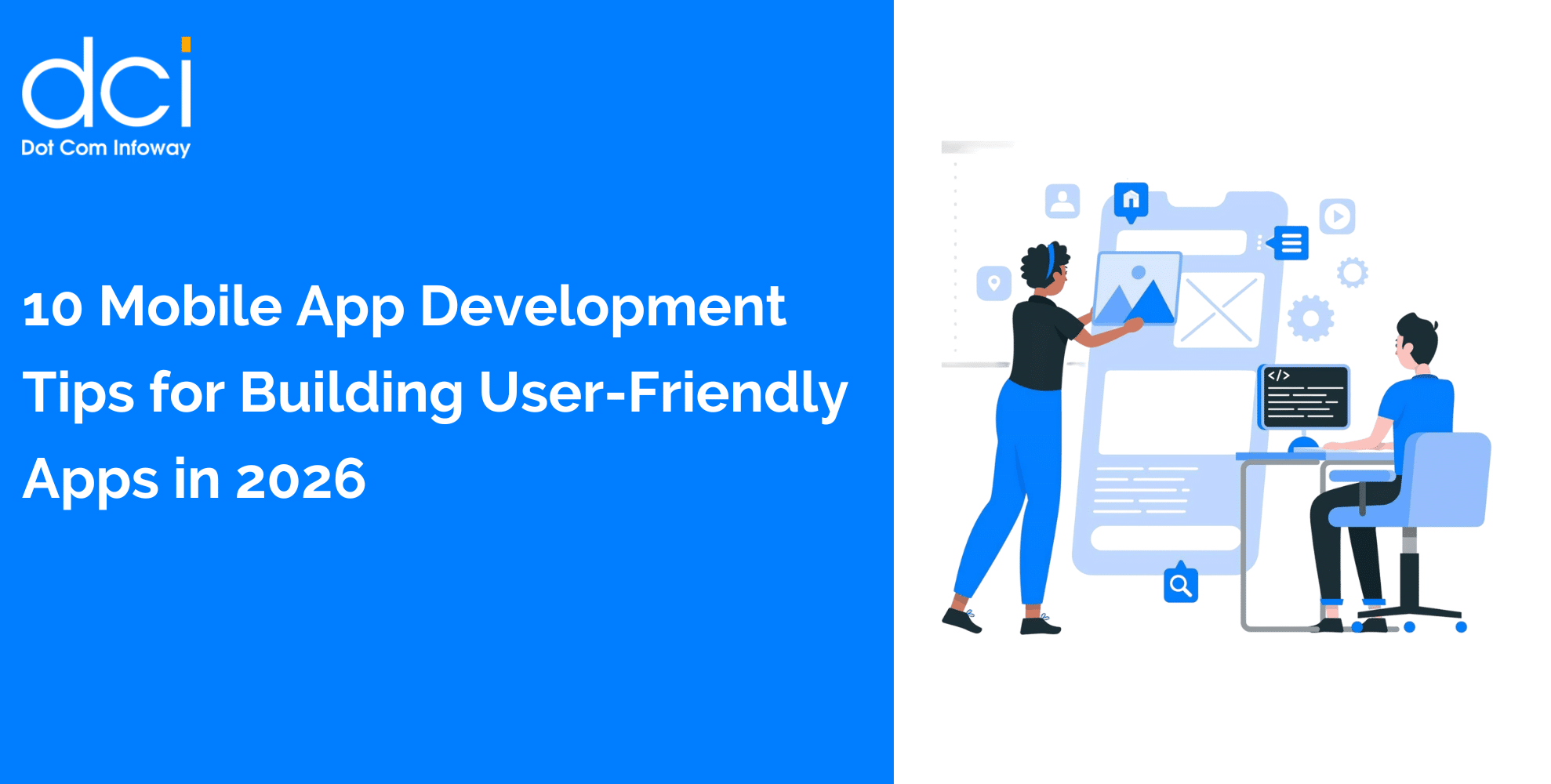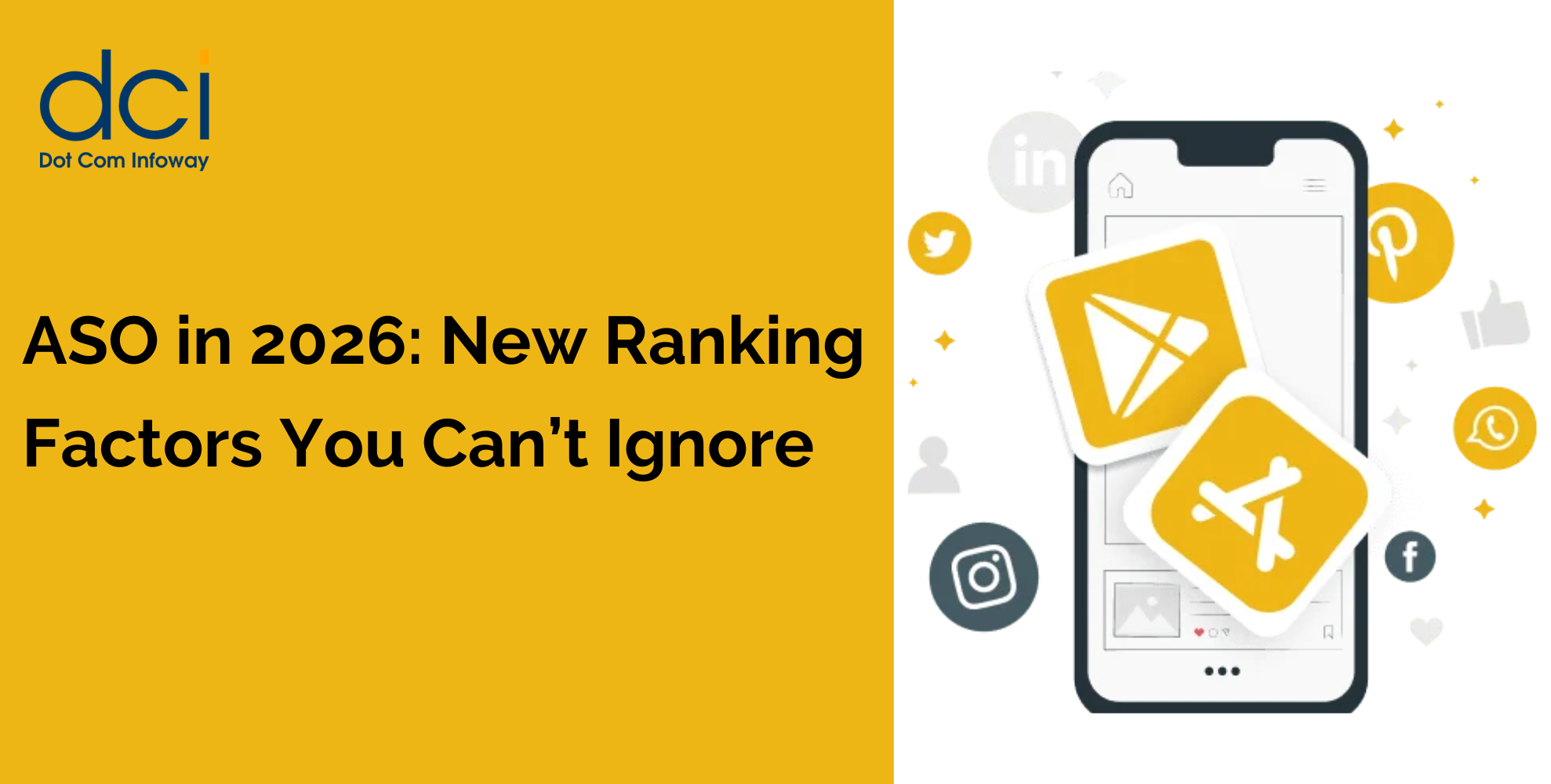The Hidden Crisis: When Google Turns a Blind Eye
Search Console data reveals a troubling trend: millions of pages remain in the “Discovered – currently not indexed” status, creating what SEO experts call “indexing purgatory.” Unlike the binary world of indexed or not indexed, modern Google operates with a sophisticated prioritization system that can leave perfectly good content waiting indefinitely.
“If your page isn’t indexed, other things don’t matter” – Renata Gwizdak, SEO Specialist at Onely
This quote from Onely’s research highlights a fundamental truth about modern SEO. Google isn’t indexing your pages, which affects everything downstream: rankings, traffic, conversions, and ultimately, revenue. The problem has intensified since Google’s helpful content updates, making indexing challenges more complex than ever before.
Core Reasons Google Isn’t Indexing Your Content
Technical Roadblocks That Kill Indexing
Server errors (5xx) represent the death knell for indexing. When Googlebot encounters these errors repeatedly, it interprets your site as unreliable. SE Ranking’s analysis shows that websites with persistent server errors see indexing rates drop by up to 70%. These aren’t just temporary hiccups; they signal fundamental infrastructure problems that Google won’t tolerate.
Robots.txt misconfiguration blocks more pages than most realize. A single misplaced disallow directive can prevent entire site sections from being indexed. The problem compounds when developers accidentally block CSS, JavaScript, or image resources, leaving Googlebot unable to render pages properly.
Content Quality Barriers
Google’s algorithms have become increasingly sophisticated at identifying thin, duplicate, or AI-generated content that adds no value. The helpful content system now prioritizes experience-driven content over keyword-stuffed articles. Pages that feel like they were created primarily for search engines rather than users face indexing challenges.
Research from Onely indicates that duplicate content issues affect indexing more severely than previously understood. When Google encounters similar content across multiple URLs, it often chooses to index none rather than risk including redundant information in search results.
The Crawl Budget Crunch
Large websites face an invisible enemy: limited crawl budget. Google allocates a finite number of pages it will crawl within a given timeframe. Websites exceeding this budget see important pages left unindexed while low-value URLs consume valuable crawling resources.
According to SE Ranking’s data, websites with over 10,000 pages are most susceptible to crawl budget issues, with some seeing indexing rates below 40% of their total content.
Diagnosing Your Indexing Problems
Google Search Console: Your First Line of Defense
The Page Indexing report in Search Console provides the clearest picture of your indexing health. Focus on the “Why Pages Aren’t Indexed” section, which categorizes problems into actionable groups:
- Server errors (5xx): Infrastructure problems requiring immediate attention
- Crawled – currently not indexed: Pages waiting in Google’s queue
- Discovered – currently not indexed: Pages found but not yet crawled
- Blocked by robots.txt: Intentional or accidental blocking
Advanced Detection Methods
Beyond Search Console, comprehensive SEO audits reveal hidden indexing issues. Tools like SE Ranking’s Website Audit can identify problems Google hasn’t yet reported, including:
- Render-blocking resources are preventing proper page display
- Canonical tag conflicts are causing indexing confusion
- Internal linking gaps leave pages orphaned
- Page speed issues that discourage crawling
Proven Solutions for Indexing Recovery
Technical Fixes That Work
Fix server stability first. Websites with uptime above 99.9% see indexing rates 3x higher than those with frequent downtime. This isn’t negotiable—Google won’t consistently index unreliable websites.
Optimize your robots.txt file systematically. Use Google’s robots.txt tester to verify that important pages aren’t accidentally blocked. Allow access to CSS, JavaScript, and image files essential for proper rendering.
Implement proper canonical tags. Self-referencing canonical tags on unique content pages eliminates confusion about which version Google should index. For duplicate content, canonical tags should point to the definitive version.
Content Strategy Adjustments
Transform thin content into comprehensive resources that genuinely help users. Google isn’t indexing content that doesn’t meet user intent. Focus on creating content that answers questions thoroughly rather than targeting keywords superficially.
Eliminate or improve duplicate content across your site. Use 301 redirects to consolidate similar pages, or differentiate content significantly to justify separate URLs.
Structural Improvements
Enhance internal linking to ensure all important pages are discoverable. Every page should be accessible within 3-4 clicks from your homepage. Orphaned pages rarely get indexed, regardless of their quality.
Optimize site speed aggressively. Pages loading faster than 2.5 seconds see higher indexing rates. Core Web Vitals now directly influence Google’s crawling priorities.

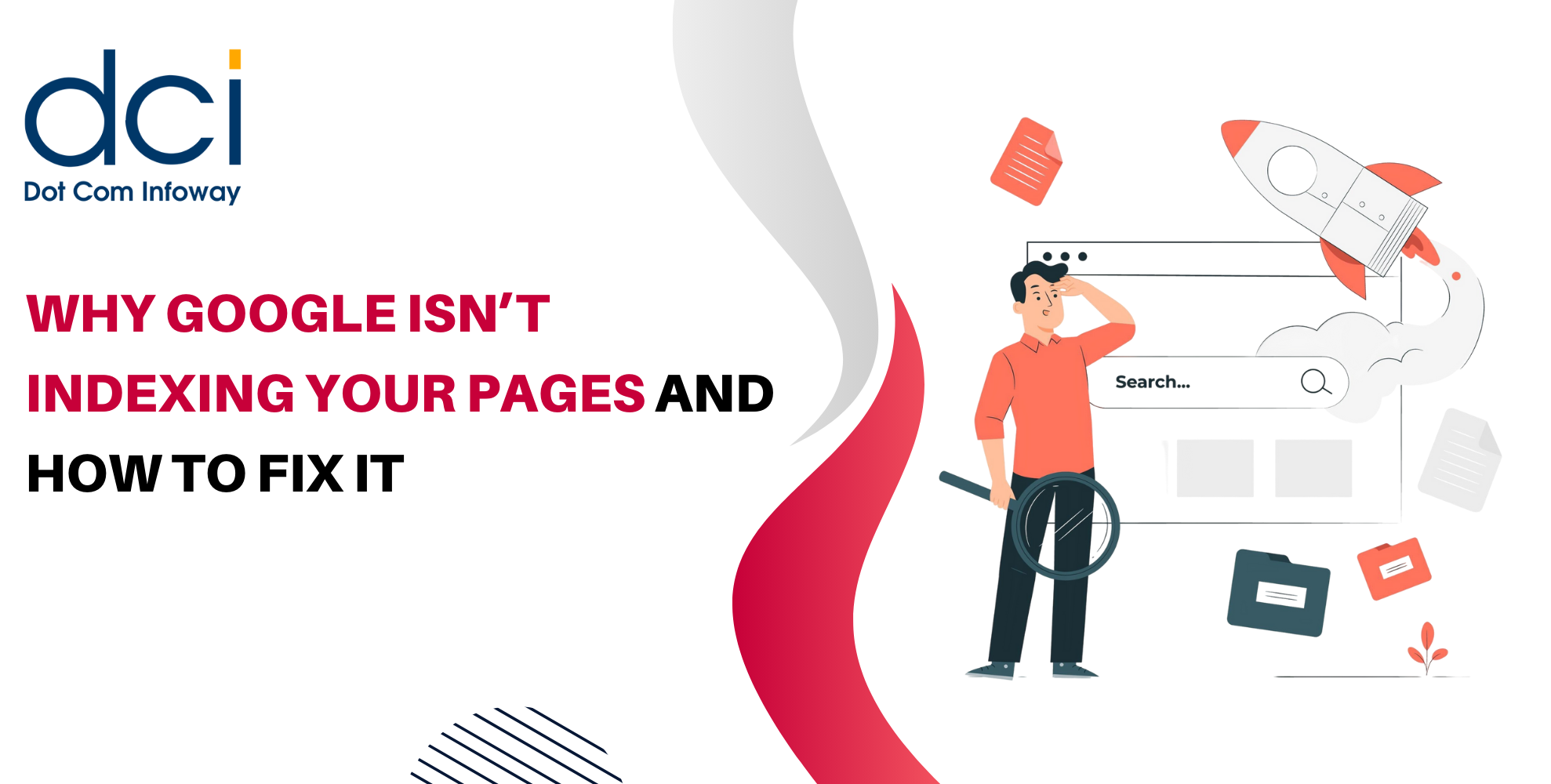

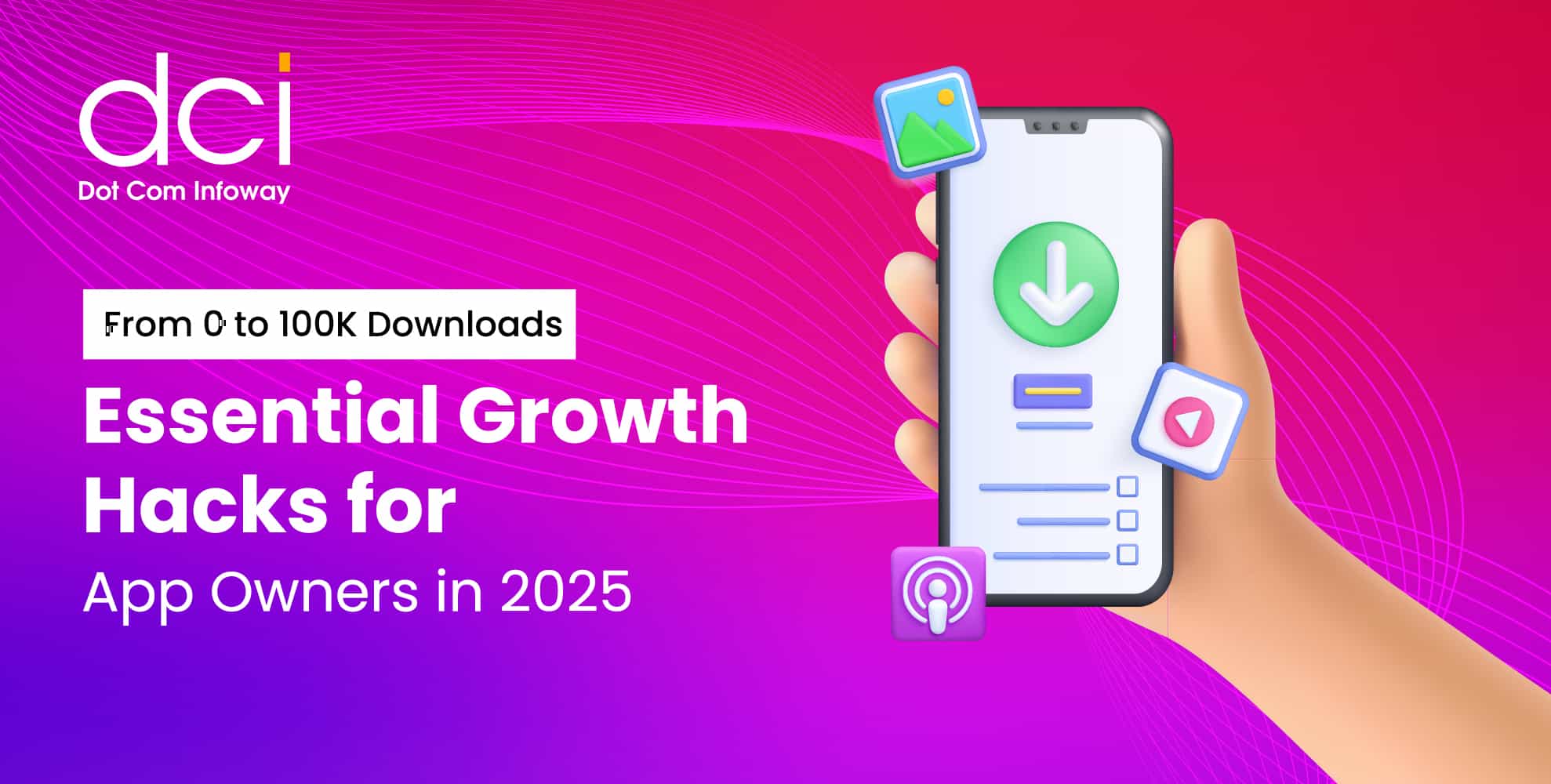

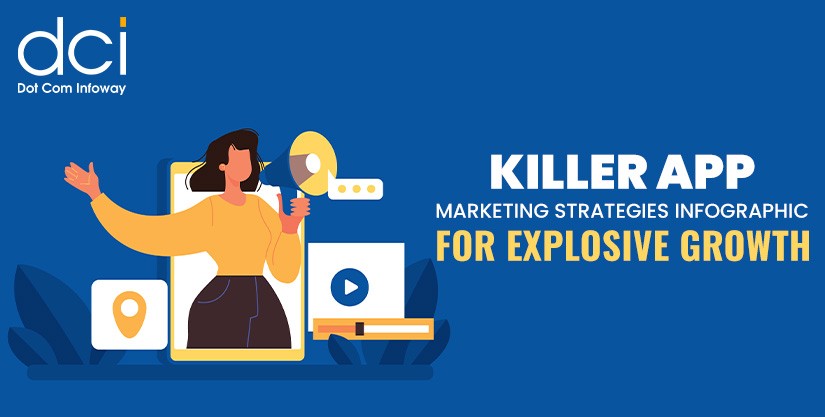

![The Game Marketing Guide: Pre and Post-Launch Strategies [Infographic]](https://www.dotcominfoway.com/wp-content/uploads/2023/09/DCI-Game-Marketing-blog-1.jpg)
